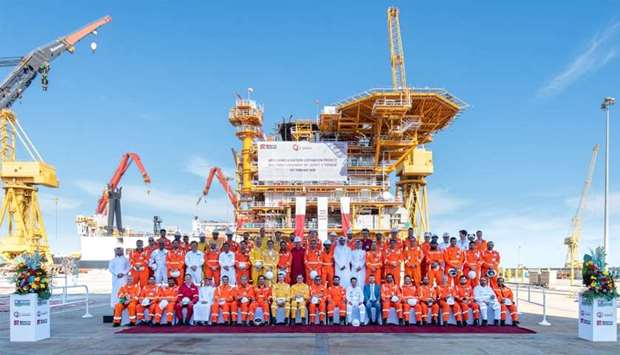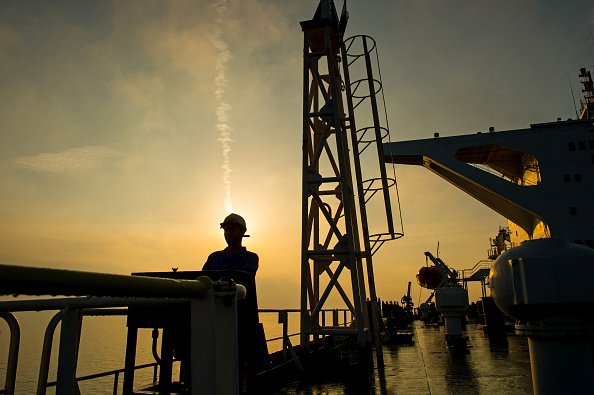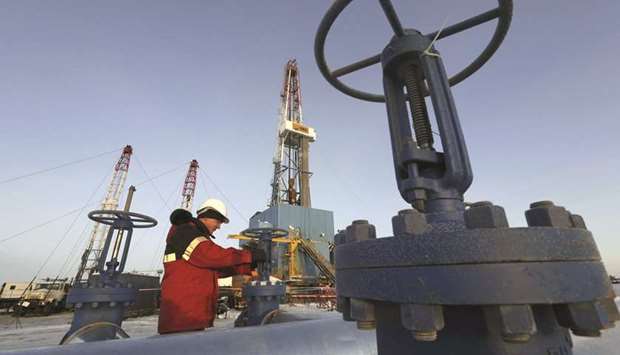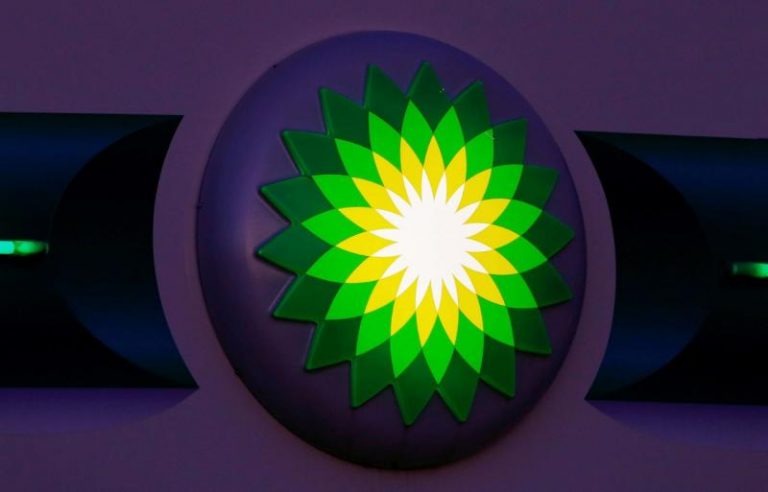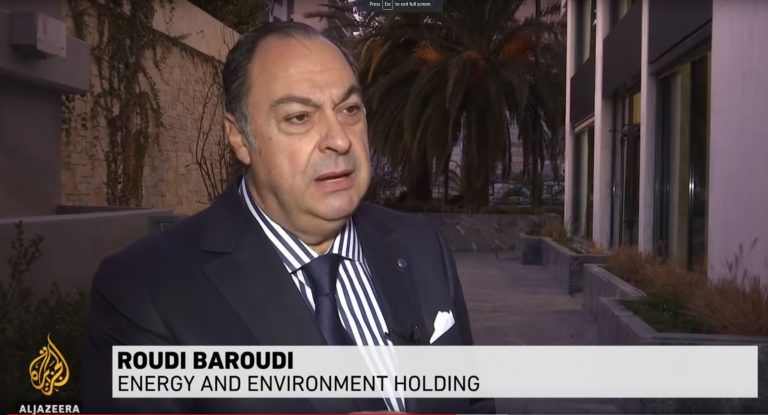Russia says it needs time to decide on oil output cuts

MINERALNYE VODY/MOSCOW, Russia, Feb 7 (Reuters) – Russia said on Friday it needed more time to decide whether to join any additional oil output cuts by OPEC, saying U.S. crude production growth would slow and global demand remained solid.
Energy Minister Alexander Novak was speaking as the Organization of the Petroleum Exporting Countries pushes Moscow to make a decision on whether to cut output more in response to the coronavirus outbreak that has hit the global economy.
A technical panel that advises OPEC and its allies, led by Russia – a grouping known as OPEC+ – proposed on Thursday a provisional cut of 600,000 barrels per day (bpd), three sources told Reuters.
Producers in OPEC+ are scheduled to meet in Vienna on March 5-6, although the meeting could be brought forward depending on how the coronavirus outbreak affects oil prices.
Novak said Moscow needed more time to assess the situation, stopping short of giving a clear Russian position on the proposal. Oil prices have come under pressure recently in the absence of a Russian response to calls for more output cuts.
“I can’t tell you about my position right now, maybe we will say it next week,” Novak said when asked about Moscow’s position. “Russia needs a few days for market analysis.”
Crude prices fell on Friday following Novak’s comments. They had rallied earlier on remarks from Russian Foreign Minister Sergei Lavrov that were initially seen as being more upbeat about the proposal to cut output.
Speaking at a news conference in Mexico City on Thursday, Lavrov said via interpreters that Moscow supported “the idea”, when asked about the proposal.
However, a foreign ministry transcript of his comments suggested he was speaking in general terms.
Lavrov was asked: “Is Russia planning to support the call by OPEC+ to cut oil production, as was suggested at a recent emergency meeting?”
He replied: “We are actively supporting cooperation within the framework of OPEC+ and collaboration between oil exporting countries, including both OPEC and non-OPEC countries.”
On Friday, Novak said global oil demand might fall by 150,000 to 200,000 bpd this year due to the virus outbreak and other negative factors, lower than other forecasts.
Novak said his estimate was “an insignificant volume, taking into account that the volatility in consumption also depends on many factors, such as Libya, Iran, Venezuela, where supply is also quite volatile”.
Others have suggested a much bigger impact. BP said a global slowdown was expected to reduce 2020 oil demand growth by 300,000-500,000 bpd, or up to 0.5% of total demand.
Novak also said U.S. oil output was not expanding as fast as before.
“Growth is slowing down in the United States. It was 1.3 million bpd last year … This year, we expect less than 1 million,” he said. “Oil production growth is slowing down there due to lower prices.” (Reporting by Olesya Astakhova; Writing by Vladimir Soldatkin; Editing by Edmund Blair, Katya Golubkova and David Clarke)

